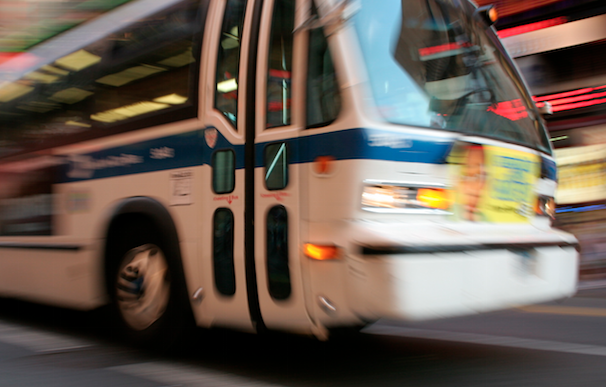The future of Miami transportation – the TriRail, MiamiCentral and more

Miami is in the midst of a renaissance. Its international appeal is growing; its culture is expanding and better defining itself; and the city itself is growing to accommodate its new role as a global marketplace. A big part of that growth is infrastructure.
Already, Miami supports a mobile population. Earlier this year, Redfin named it the No. 5 most walkable city in the nation, while the Urban Land Institute named it the No. 17 most bikeable. It has the 25-mile Metrorail that services 23 stations throughout the city; the 21-stop Metromover system; the Miami Trolley; and a vast network of buses that service thousands daily. But there is room for improvements, and they are being made, according to the Miami Downtown Development Authority’s 2016 Market Insights report.
What to look for soon
More trains – Over the next few years, rail transit in Miami will greatly improve thanks to MiamiCentral Station, Brightline and the Tri-Rail Downtown Miami Link.
MiamiCentral Station: Currently under construction in Downtown, the station will connect All Aboard Florida’s Brightline train route and Downtown Tri-Rail connection to Metrorail and Metromover.
Brightline: Expected to begin service in 2017, Brightline is being built as a high-speed rail to connect Miami to Orlando with intermediate stops in Fort Lauderdale and West Palm Beach.
Tri-Rail Downtown Miami Link – Currently, Miami’s Tri-Rail serves a number of communities along the I-95 corridor. This new extension will connect those communities with downtown.
A better Flagler Street – The City is revitalizing Flagler Street from Biscayne Boulveard to NW 1st Avenue. Construction on the Flagler Streetscape Project began earlier this year, and the eventual improvements will include widened sidewalks, enhanced intersection crossings, new street trees, pavers, and other pedestrian amenities.
I-395 improvement and “signature bridge” – The City is reconstructed a one-and-a-half-mile stretch of the I-395 corridor between I-95 and the MacArthur Causeway/Biscayne Bay. The finished product will improve light, clearance and connectivity under the highway, as well as ramps, safety, and the “signature bridge” structure where I-395 crosses over Biscayne Boulevard.
And what to expect in the future
A coastal Tri-Rail – The Tri-Rail Coastal Link is an ambitious plan to connect the downtowns and urban neighborhoods of Miami-Dade, Broward and Palm Beach counties.
A connected Miami and Miami Beach – The Baylink would be a light rail transit service connecting Miami and Miami Beach along the MacArthur Causeway.
More access to Downtown – The Miami Streetcar would connect a number of “up-and-coming” more northerly neighborhoods – Wynwood, Edgewater, Midtown and the Design District – with Downtown.
A redesign of Biscayne Boulevard – The ultimate goal of the Biscayne Green project is to redesign the boulevard from SE 2nd Street to Port Boulevard. The city wants to turn the strip into a “grand pedestrian promenade.”
Developments underground – The Underline project looks to improve the land underneath the stretch of Metrorail that spans the Miami River to Dadeland South. The finished product would be a linear park and urban trail that links several neighborhood parks.
- Miami Agent Magazine






